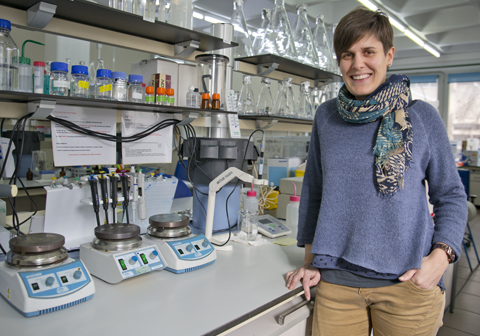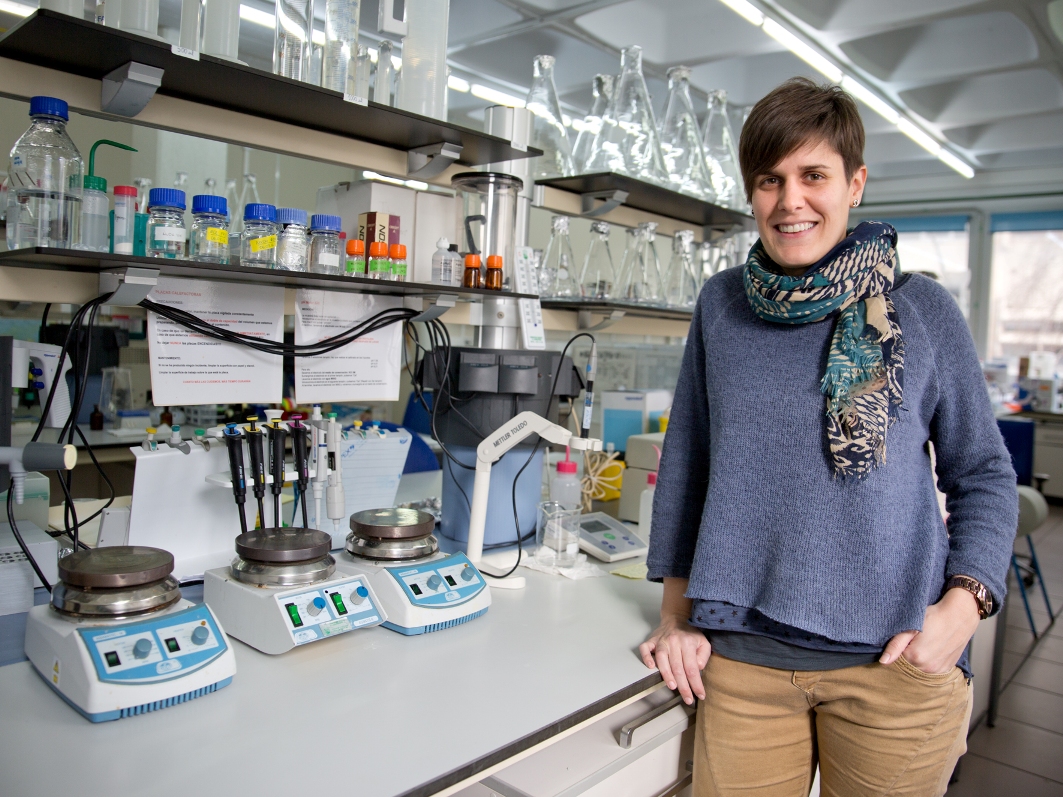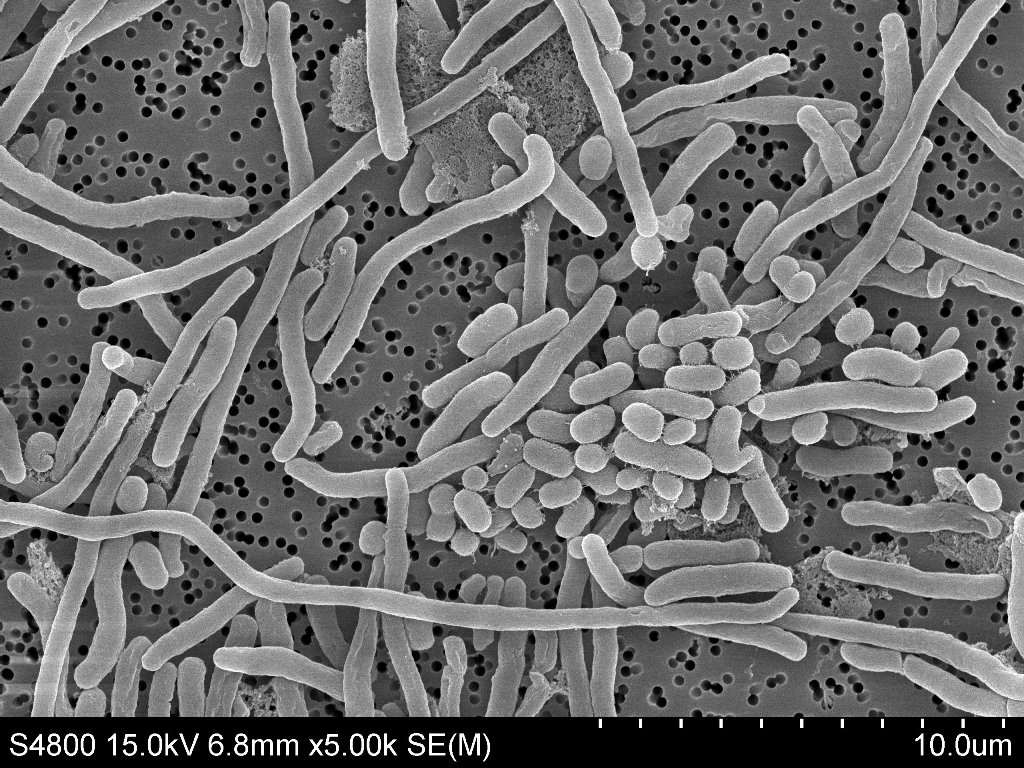Infections picked up in hospital are a significant health issue owing to the problems they cause and the high resistance of the bacteria responsible for them. A UPV/EHU researcher has discovered that when one of these bacteria are subjected to various disinfection processes, some cells remain alive, but in a state in which they are not capable of growing in traditional culture mediums. This renders them undetectable by growth-based methods designed to assess disinfection.
Doubts raised about the effectiveness of methods to control bacteria responsible for hospital infections
According to a study by the UPV/EHU-University of the Basque Country, bacteria can survive more than 30 days on walls, surfaces and hospital materials
- Research
First publication date: 09/02/2017

The bacterium Acinetobacter baumannii is a microorganism responsible for a large number of epidemic outbreaks in hospitals across the world; it is capable of lingering under adverse conditions over long periods of time due to its amazing resistance to desiccation, antibiotics and disinfectants. To find out how it behaves in the medium in which it lives, the microbiologist Zaloa Bravo has studied its survival strategies in various conditions specific to the hospital environment. Although its resistance was known, this researcher has confirmed that "it maintains great stability and viability in hostile conditions over long periods of time, more than 30 days".
So the use of microorganism disinfection methods in hospitals and the guarantee that they are effective are considered to be vitally important. In her research, she analysed the effectiveness of different cleaning methods, both those that use radiation and those that use disinfectants. "The results obtained after exposing A. baumannii to these agents showed that none of the disinfectants studied is capable of completely eliminating this microorganism", explained the researcher.
Beyond the bacteria that are eliminated and the ones that are not, one of the salient results of this study is that she observed that radiation and certain oxidizing agents cause this microorganism to go into a Viable But Non-Culturable (VBNC) state, a state in which the cells cannot grow in traditional culture mediums but nevertheless retain certain metabolic activity, which means that they are active cells. "This is the first study that shows the adopting of the Viable But Non-Culturable state by Acinetobacter baumannii," said Bravo. Pathogenic microorganisms in a VBNC state are on the whole unable to cause illness, but they do retain virulence, and infection may start if they reverse this state. In fact "there are studies showing that other microorganisms are capable of recuperating from this state and starting an infection, although it is true that there is a certain amount of controversy about this issue in the scientific community," she added.
The jury is still out on disinfection assessment techniques
The detection of cells in a Viable But Non-Culturable (VBNC) state prompted Bravo to make the following reflection on the evaluation of disinfectants: "In the checks carried out in hospitals, the presence of infectious bacteria are detected by observing their growth in culture mediums. But if any cells in a viable but non-culturable state remain, they are not capable of growing in these mediums and that is why we regard them as not being present, but in actual fact that is not the case; neither the disinfectants nor the control methods are functioning as expected."
On this point Bravo proposed that hospitals should not limit the analyses to detect the presence of pathogenic microorganisms in the atmosphere to decisions based on growth in culture mediums. "Other methods should be used to detect viability such as gene expression, for example, to be able to determine whether they are present." It would also be necessary to know whether the bacteria are capable of reversing the VBNC state and potentially of starting an infection process.
Additional information
Zaloa Bravo (Barakaldo, 1988) did this research within the framework of a PhD thesis entitled Estrategias de supervivencia de Acinetobacter baumannii en el ámbito hospitalario (Survival strategies of Acinetobacter baumannii in the hospital environment). Her thesis supervisors were the tenured lecturer Inés Arana-Basabe and the assistant lecturer Maite Orruño-Beltrán, of the UPV/EHU. She is currently a post-doctoral researcher in the university's department of Immunology, Microbiology and Parasitology, where she is studying the effect of disinfection on different clinical isolates of A. baumannii, as well as the infection capability of the cells that survive disinfection.
Bibliographic reference
- The long-term survival of Acinetobacter baumannii ATCC 19606T under nutrient-deprived conditions does not require the entry into the viable but nonculturable state
- Archives of Microbiology, vol. 198: 398-407. 2016
- DOI: 10.1007/s00203-016-1200-1








